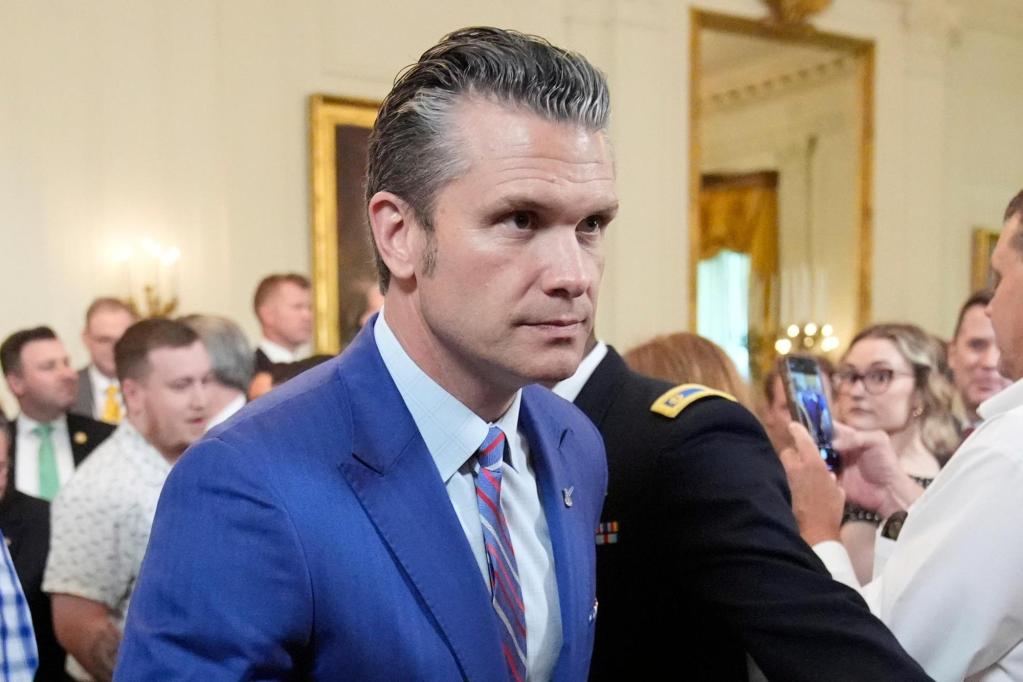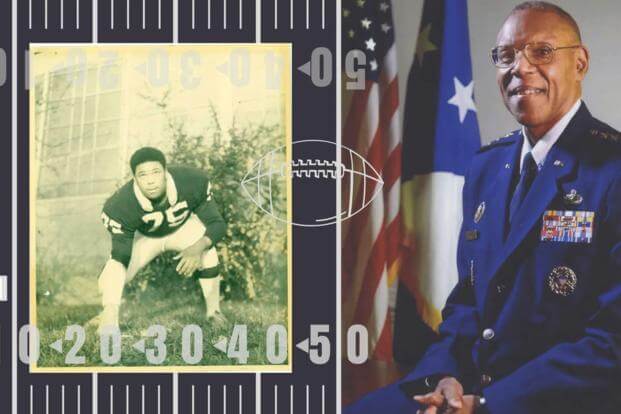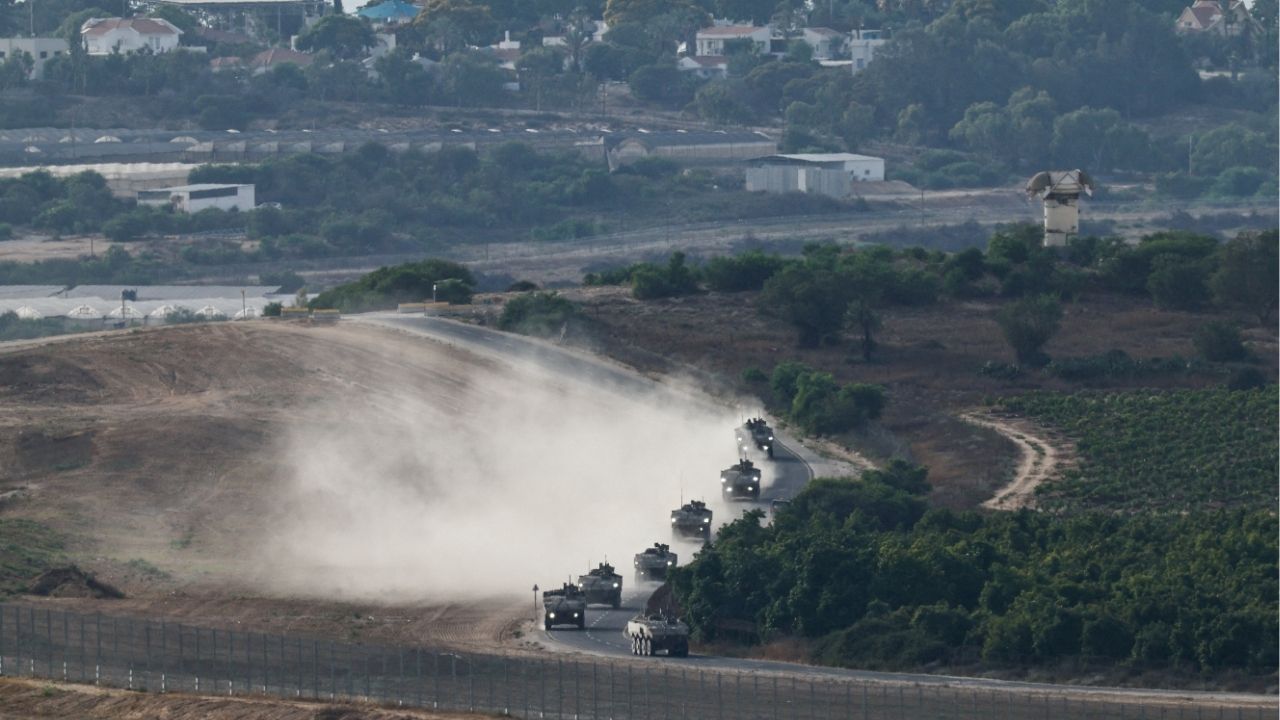A significant development in national politics sees top military command seeking to recalibrate the deployment of forces, with a recent request from a senior commander to the defense secretary proposing the withdrawal of approximately 200 troops from their current protest duty in California.
This urgent request underscores a strategic prioritization aimed at reallocating these valuable personnel to the state’s ongoing and critical wildfire fighting efforts. California, a region perennially ravaged by destructive blazes, faces an ever-present need for robust emergency response. The proposed shift of around 200 troops from managing civil unrest to combating wildfires highlights the pressing environmental challenges confronting the Golden State, emphasizing where crucial military resources are most needed.
The broader implications of this request delve into the complex challenges faced by military leadership in balancing diverse domestic demands. On one hand, forces are tasked with maintaining public order amidst civil unrest, a sensitive role that often raises questions about the appropriate use of military personnel in civilian affairs. On the other, the urgent call for support during natural disasters, such as the destructive wildfires, presents an undeniable imperative for rapid and effective assistance.
This potential strategic pivot signals a recalibration of resource allocation within the defense establishment, prioritizing environmental emergency management over direct involvement in demonstrations. Such a move reflects an assessment of immediate threats and aims at optimizing resources to address the most urgent public safety concerns for the state. The decision, if approved, would significantly alleviate pressure on California’s overstretched wildfire services.
Beyond the logistical benefits, the withdrawal could also profoundly alter the optics of military involvement in ongoing California protests. It signals a shift in the perceived priorities of the current administration’s approach to domestic crises, moving away from direct engagement in societal demonstrations towards a more traditional role of disaster relief. This development is keenly watched by observers of national politics and military deployment strategies.
Ultimately, the decision on this military deployment reflects a crucial intersection of societal needs, political considerations, and strategic resource management. It highlights the dynamic nature of domestic military roles and the constant evaluation required to ensure that defense assets are deployed where they can provide the maximum benefit to the populace.
Discover more from The Time News
Subscribe to get the latest posts sent to your email.





